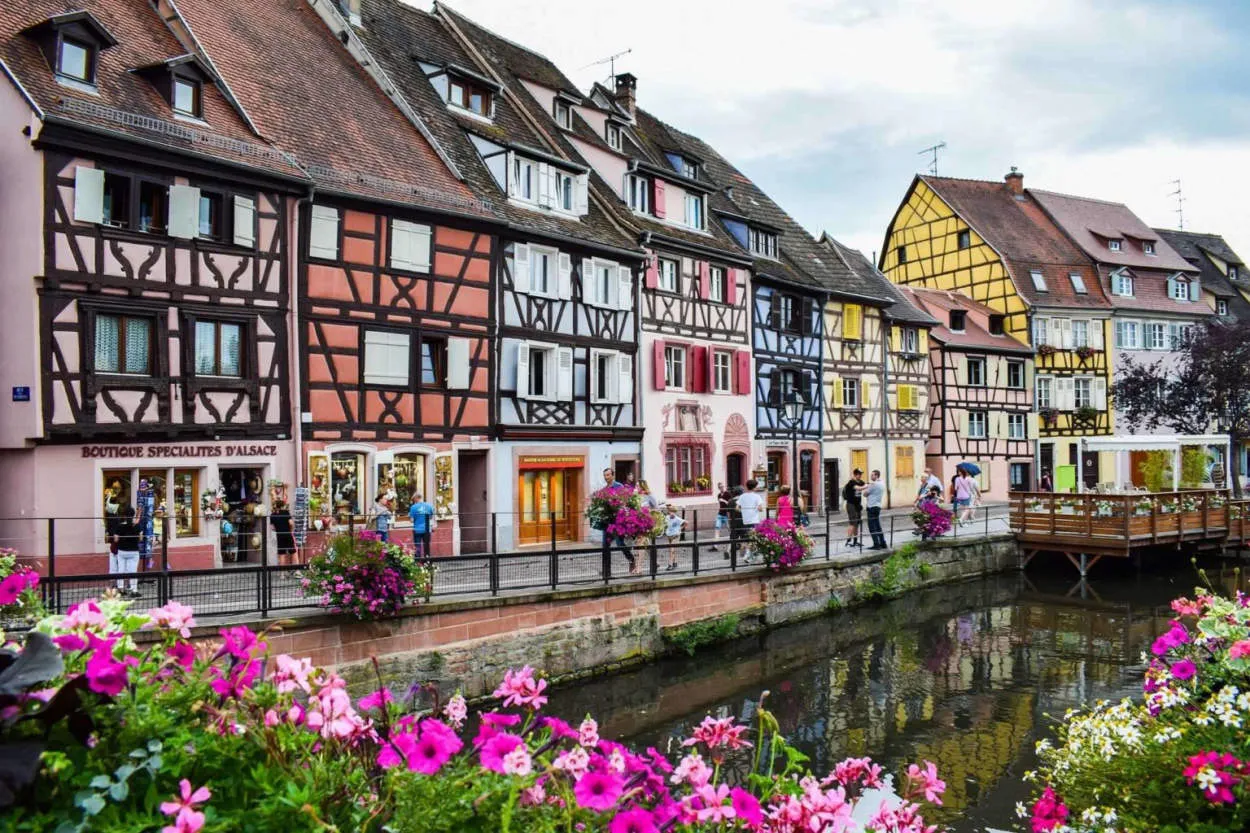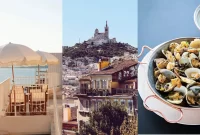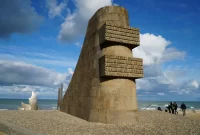Step back in time and explore the enchanting Historic Villages of Alsace. Nestled in the northeastern region of France, these picturesque villages offer a glimpse into the past with their well-preserved half-timbered houses, cobblestone streets, and charming local traditions. Immerse yourself in the captivating beauty and rich history of this remarkable corner of the world.
Strasbourg: A Tale of Two Cultures
Located in the heart of the Alsace region in northeastern France, Strasbourg is a city that beautifully showcases the blend of both French and German cultures. It is a city with a rich history that has been shaped by the influence of these two neighboring countries.
A French Heritage
Strasbourg’s history as a French city dates back to the 17th century when Louis XIV claimed the region for France. The French influence is evident in the city’s architecture, especially in the picturesque La Petite France neighborhood. This charming area is characterized by its half-timbered houses, flower-filled balconies, and narrow alleyways that exude a distinct French charm.
A German Influence
However, Strasbourg’s ties to Germany are deeply rooted as well. The city was part of the German Empire from 1871 until the end of World War I, and this period of German control left a lasting impact on its culture and architecture. The most notable example of German influence is the magnificent Strasbourg Cathedral, a masterpiece of Gothic architecture that dominates the city’s skyline.
The European Union Connection
Strasbourg is not only a symbol of Franco-German reconciliation but also serves as an important center for European diplomacy. It is the official seat of several European institutions, including the European Parliament. As such, the city has become a melting pot of various cultures and languages, further adding to its unique identity.
Conclusion
Exploring the historic villages of Alsace, with Strasbourg at its heart, is like stepping back in time and witnessing the harmonious coexistence of two distinct cultures. Whether you’re strolling through the French-inspired streets of La Petite France or admiring the German architectural wonders, Strasbourg offers a captivating experience that truly encapsulates the tale of two cultures.
Riquewihr: Charming Medieval Charm
Riquewihr is a charming medieval village nestled in the heart of the Alsace region in France. With its well-preserved architecture and picturesque streets, visiting Riquewihr is like stepping back in time.
As you stroll through the village, you will be greeted by half-timbered houses adorned with blooming flowers and colorful shutters. The cobblestone streets lead you to the village center, where you’ll find the imposing Dolder Tower standing tall as a reminder of Riquewihr’s rich history.
Riquewihr is also known for its vineyards and wine production. The village is surrounded by rolling hills covered in vineyards, producing some of the finest wines in the region. Don’t miss the opportunity to sample the local wines and take a guided tour of the vineyards.
In addition to its architectural beauty and wine heritage, Riquewihr offers a range of quaint shops, delightful restaurants, and charming cafes. You can browse through local artisan boutiques, taste delicious Alsatian cuisine, or simply relax with a cup of coffee while soaking in the medieval atmosphere.
Visiting Riquewihr is truly like stepping into a fairy tale. The village’s timeless charm and rich heritage make it a must-visit destination for history enthusiasts and wine lovers alike.
Eguisheim: Quaint and Picturesque
Eguisheim is a charming village nestled in the heart of the Alsace region in northeastern France. With its half-timbered houses, cobblestone streets, and vibrant flower displays, Eguisheim truly embodies the beauty and allure of a bygone era.
As you wander through the narrow alleyways, you can’t help but be captivated by the historic architecture surrounding you. The village’s colorful buildings date back to the 13th century, and many of them have been lovingly preserved, maintaining their original charm.
One of the highlights of Eguisheim is its unique concentric circle layout. The village is structured in a series of concentric circles, with the Château Saint-Léon atop the central hill. This design, combined with the well-preserved facades adorned with cascading flowers, creates a picturesque and fairy-tale-like ambiance.
Aside from its architectural beauty, Eguisheim is also renowned for its local wine production. The village is surrounded by vineyards, and wine enthusiasts can enjoy tastings and tours at the numerous wineries dotted throughout the area. The Alsatian white wines produced in Eguisheim are particularly famous for their exceptional quality.
Exploring Eguisheim feels like taking a step back in time. There are no modern tall buildings or bustling traffic, just the peaceful ambiance of a village frozen in history. Whether you want to stroll through the town, sample delicious Alsatian cuisine, or simply immerse yourself in the tranquility of the surroundings, Eguisheim offers a truly enchanting experience.
If you’re planning a visit to the Alsace region, be sure to include Eguisheim in your itinerary. Its undeniable charm and unique character make it one of the most captivating historic villages in the area.
Conclusion
The historic villages of Alsace offer visitors a unique opportunity to step back in time and immerse themselves in the rich culture and heritage of the region. From the charming half-timbered houses to the traditional Alsatian cuisine, every aspect of these villages transports you to a bygone era. Exploring the narrow cobblestone streets, vineyards, and picturesque landscapes, it becomes clear why Alsace is often referred to as a living museum. Whether you’re a history enthusiast or simply looking for a serene escape, the historic villages of Alsace are a must-visit destination.




